jscherb
Expedition Leader
Batteries...
I spent the last 10 days in Florida and on the way home stopped overnight in South Carolina. When I went to start the Jeep yesterday morning to continue the drive home, it wouldn't start. The battery could light up the dash and power some accessories, but couldn't supply enough current to start the engine. Nothing was left on overnight to discharge it, so I figured the battery had failed.
I've got the kitchen battery in the back, so I disconnected its positive lead from the relay under the hood that controls its charging and connected it directly to the battery terminal. It took about 3 minutes to make the change. The Jeep started right up. I left it that way for the remainder of the trip home and it the kitchen battery worked fine for every start.
This morning I tested the original battery and it was no definitely good so I went to Walmart to replace it. It's a Walmart battery but since I installed it in September 2016 it was out of warranty by almost 2 years. No problem, I bought another Walmart battery. A $119 battery that lasts a few months short of 5 years and can be replaced at Walmarts everywhere works fine for me.
The JKU is a 2013 so the factory battery that was replaced in 2016 lasted only about 3 years.
BTW the kitchen battery is a Walmart deep cycle battery that I bought in August 2018 for $99, so it's 2 months short of its warranty expiration. No problem though, it's still going strong. I parked the Jeep in Key West and forgot about it and it powered the fridge for about 18 hours in the 90+ degree Florida heat before the fridge shut down. Probably it was 110 or more inside the closed Jeep but I didn't measure that. I idled the Jeep for about 20 minutes, which recharged the battery completely. I'm very happy with this $99 battery, and if it fails just outside the warranty period it's still far less expensive to replace it than many other "better" kitchen battery options.
I spent the last 10 days in Florida and on the way home stopped overnight in South Carolina. When I went to start the Jeep yesterday morning to continue the drive home, it wouldn't start. The battery could light up the dash and power some accessories, but couldn't supply enough current to start the engine. Nothing was left on overnight to discharge it, so I figured the battery had failed.
I've got the kitchen battery in the back, so I disconnected its positive lead from the relay under the hood that controls its charging and connected it directly to the battery terminal. It took about 3 minutes to make the change. The Jeep started right up. I left it that way for the remainder of the trip home and it the kitchen battery worked fine for every start.
This morning I tested the original battery and it was no definitely good so I went to Walmart to replace it. It's a Walmart battery but since I installed it in September 2016 it was out of warranty by almost 2 years. No problem, I bought another Walmart battery. A $119 battery that lasts a few months short of 5 years and can be replaced at Walmarts everywhere works fine for me.
The JKU is a 2013 so the factory battery that was replaced in 2016 lasted only about 3 years.
BTW the kitchen battery is a Walmart deep cycle battery that I bought in August 2018 for $99, so it's 2 months short of its warranty expiration. No problem though, it's still going strong. I parked the Jeep in Key West and forgot about it and it powered the fridge for about 18 hours in the 90+ degree Florida heat before the fridge shut down. Probably it was 110 or more inside the closed Jeep but I didn't measure that. I idled the Jeep for about 20 minutes, which recharged the battery completely. I'm very happy with this $99 battery, and if it fails just outside the warranty period it's still far less expensive to replace it than many other "better" kitchen battery options.



.jpg)
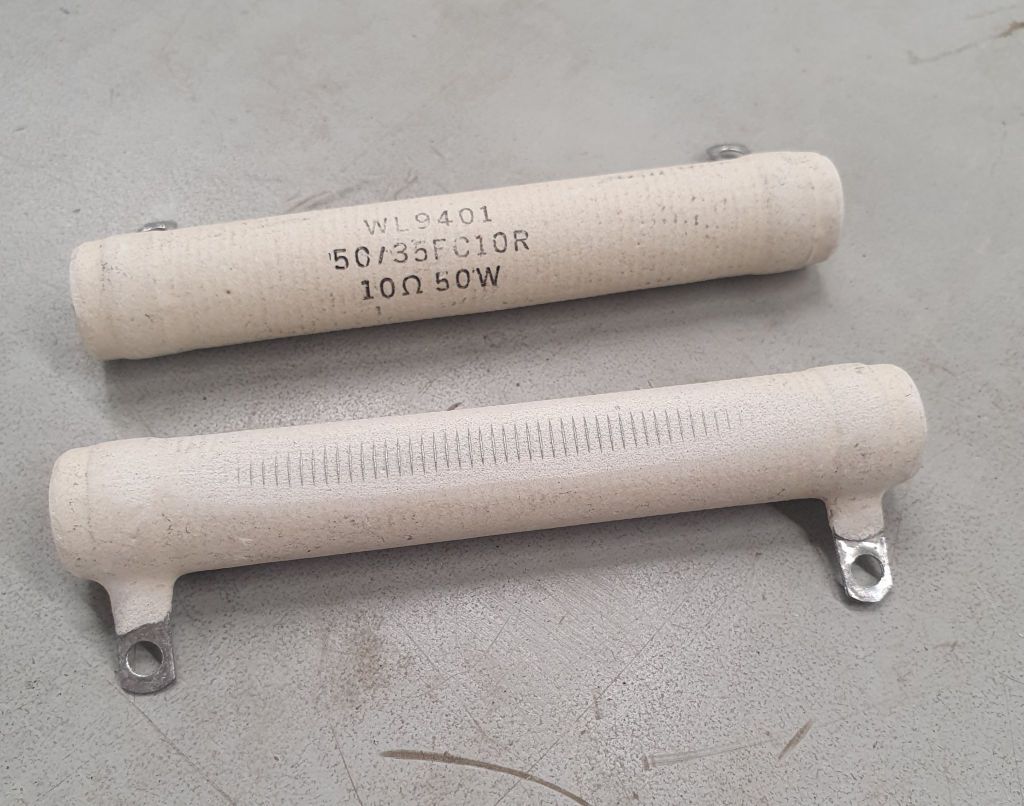
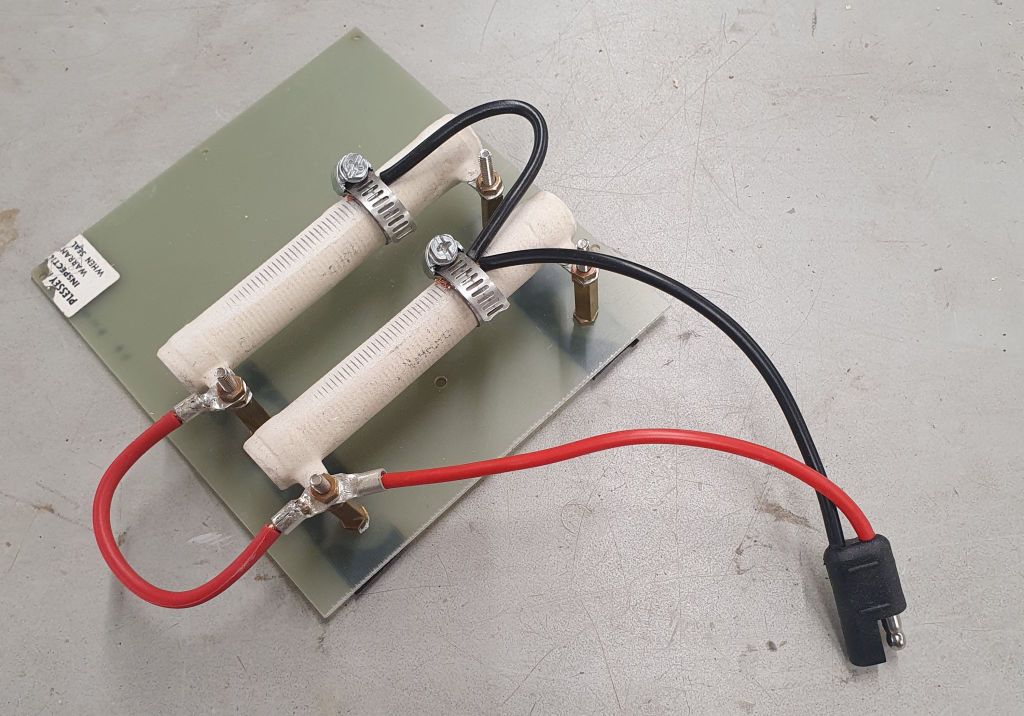
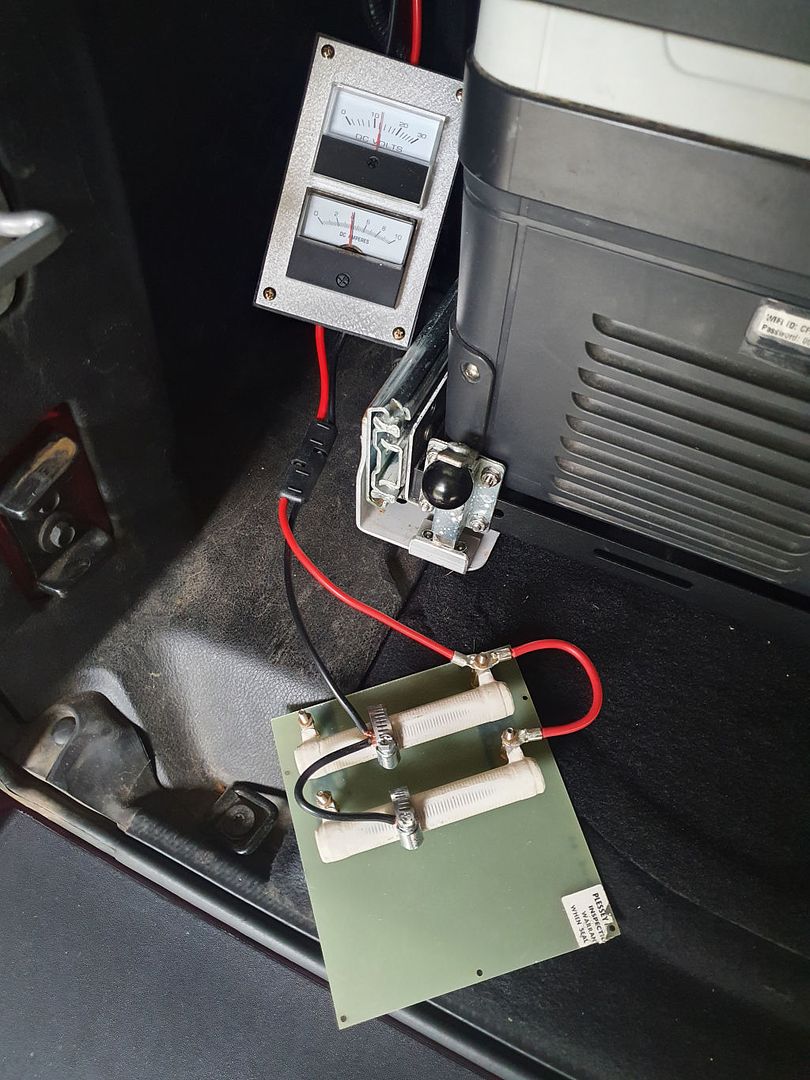
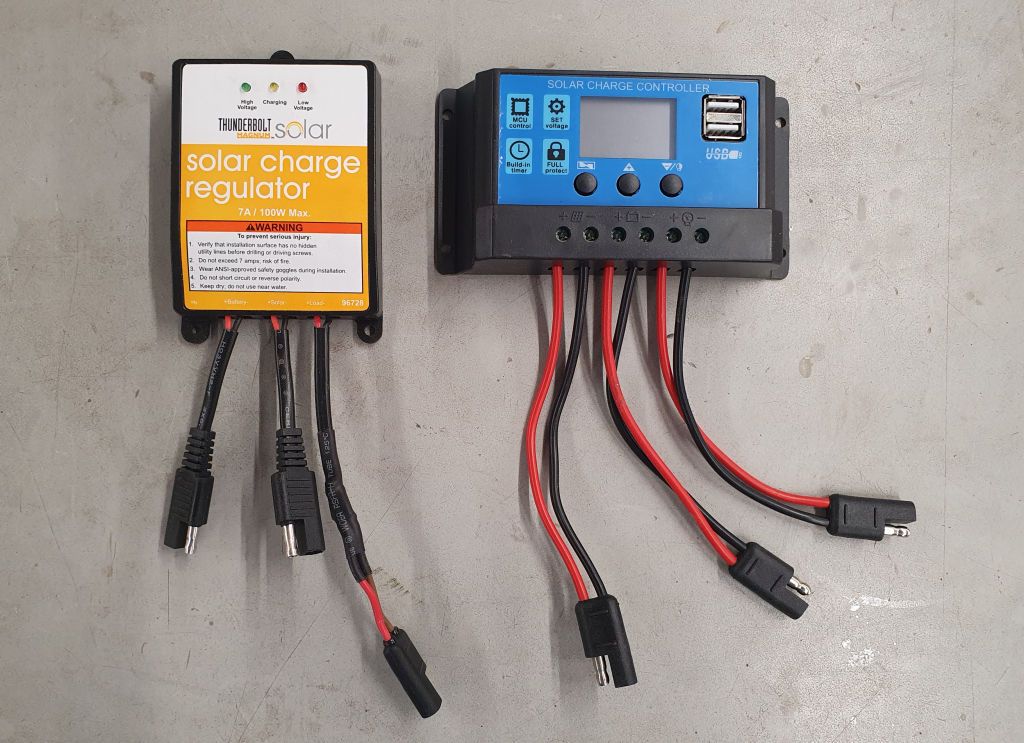
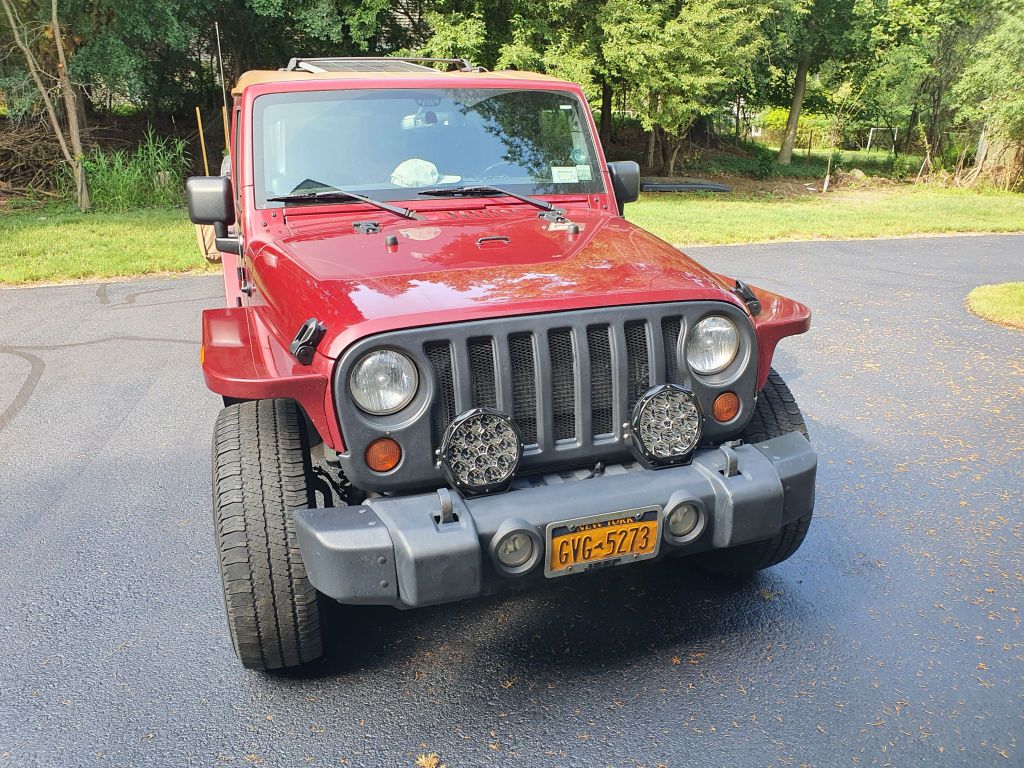

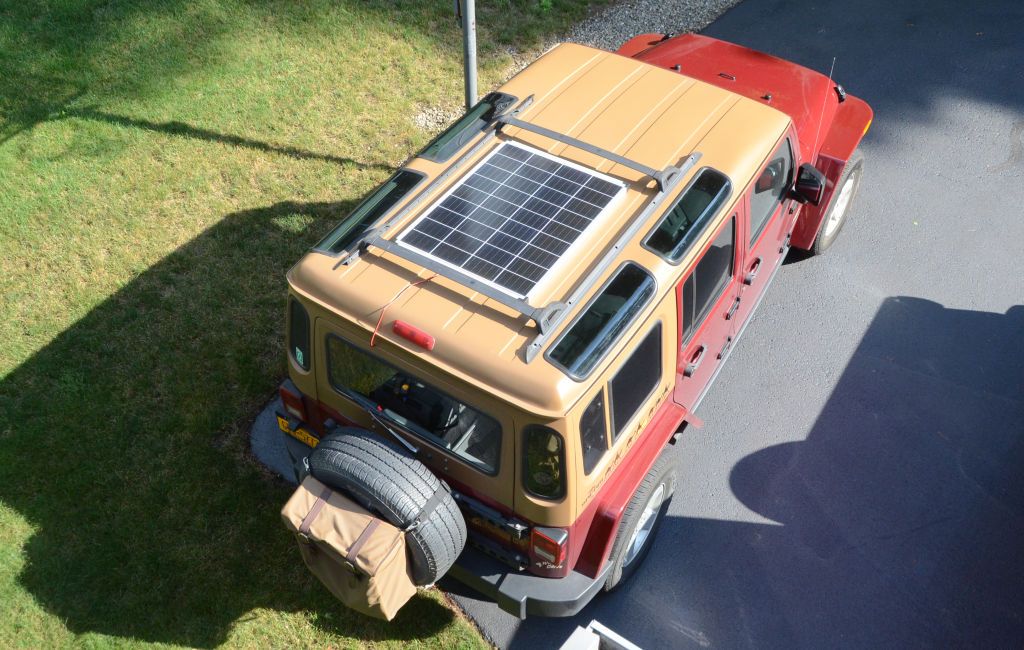
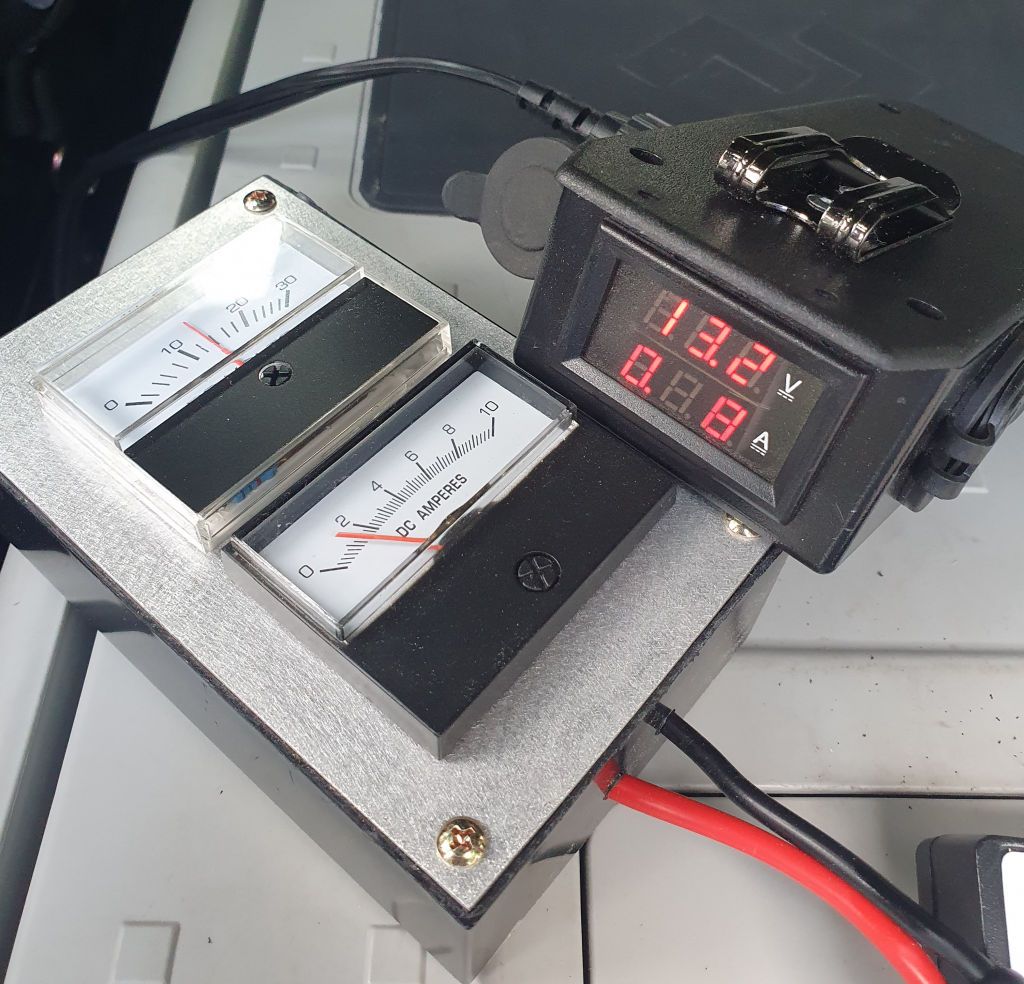
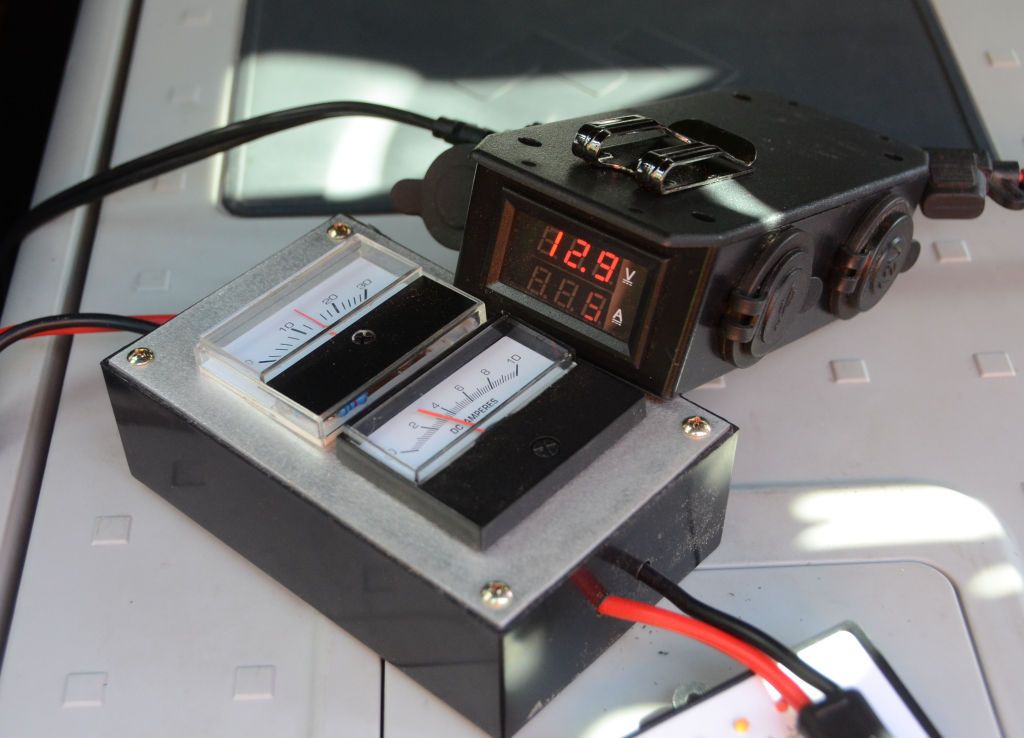
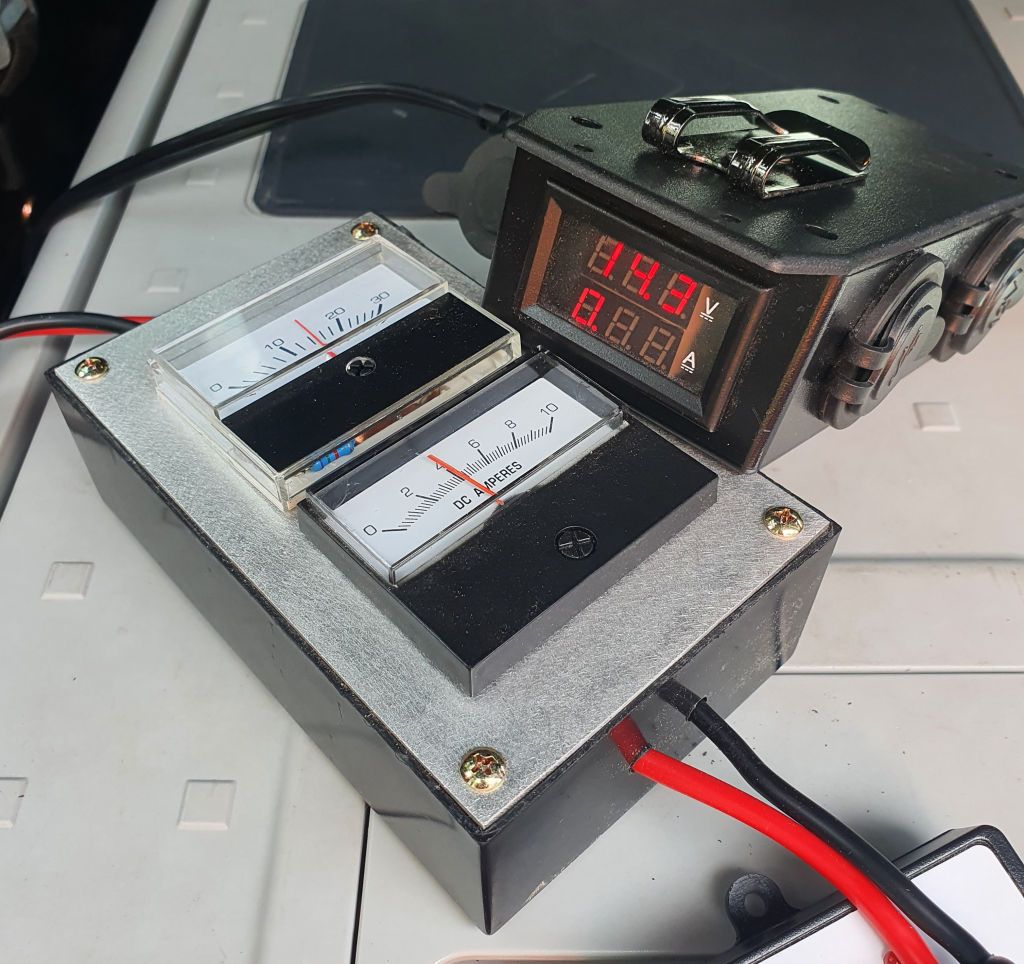
.jpg)
.jpg)
.jpg)